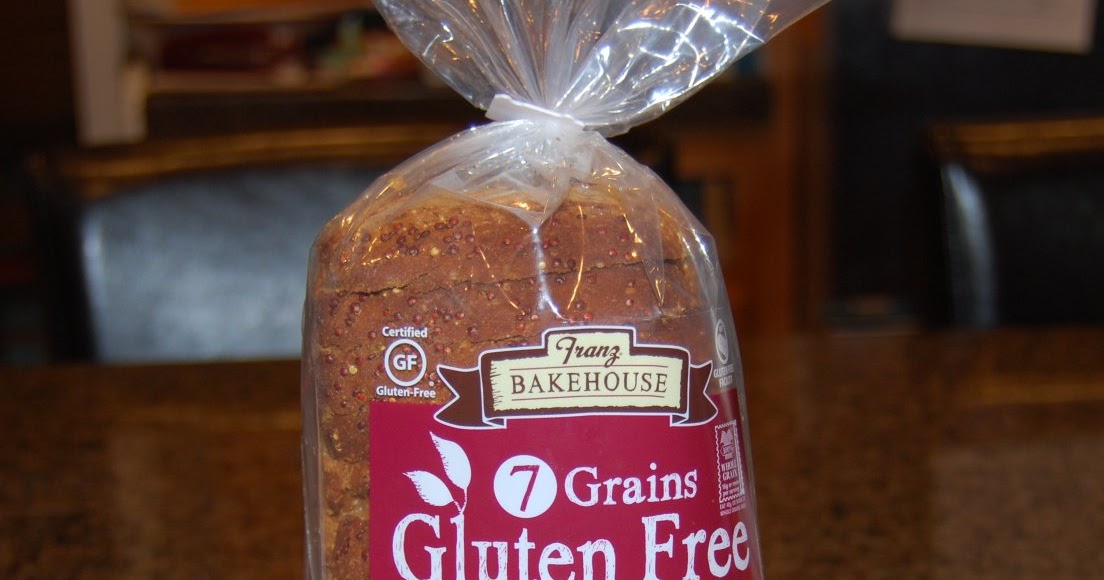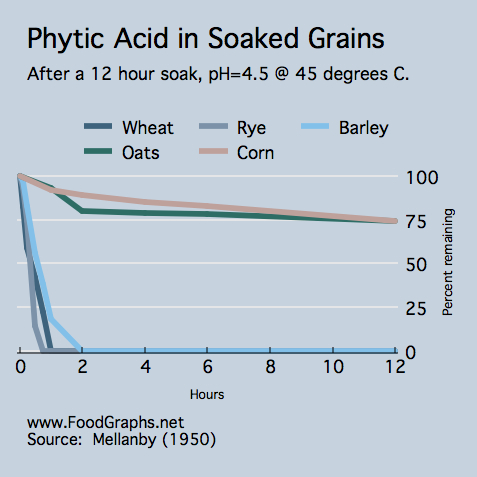
However, they also have potential health benefits when consumed in moderation and prepared correctly. Lectins and phytates are antinutrients that can interfere with nutrient absorption in our bodies. Additionally, whole grains (which contain phytates) are an excellent source of fiber which is crucial for digestive health. Similarly, while phytates can inhibit mineral absorption, they possess anti-cancer properties and may help lower cholesterol levels. They have also been shown to aid in weight loss by promoting feelings of fullness and reducing cravings. Lectins, for example, can act as antioxidants and may help reduce inflammation.

Potential benefits of lectin and phytate consumption Soaking, fermenting, or sprouting these foods can help reduce their levels of phytic acid by activating enzymes that break it down. Nuts like almonds and walnuts are high in phytates too. Legumes such as lentils, chickpeas, and kidney beans also contain high amounts of phytic acid. Whole grains like oats and brown rice typically have higher phytate levels than refined grains like white bread or pasta. Some studies estimate that the average person consumes 1-2 grams of phytic acid daily. Phytates are commonly found in plant-based foods, particularly grains, legumes, nuts, and seeds. Instant Pot Somali Lentil Stew Food sources of phytates This means that even if these minerals are present in food sources, they may not be effectively absorbed by our bodies due to phytate interference. On the other hand, phytates have been shown to reduce mineral absorption by binding with minerals such as iron and zinc. For example, if you notice symptoms like bloating or discomfort after eating certain foods high in lectins, like legumes, reducing your intake could be helpful. Listening to your body and how different foods make you feel is important. If you’re concerned about the effects of lectins on your digestion and nutrient absorption, you can take steps to reduce your intake.Ĭooking foods that contain high levels of lectins (like legumes) under high pressure, like the Instant Pot, is one option soaking or sprouting these foods before cooking may also help break down some of the lectin content. For example, some studies have suggested that consuming small amounts of red kidney beans (which contain a type of lectin called phytohaemagglutinin) may help regulate blood sugar levels. On the other hand, some types of lectins may even have health benefits when consumed in moderation. They can bind to vitamins and minerals in our food, which can decrease the body’s ability to absorb nutrients from food. In addition to damaging the lining of our digestive system, lectins can also interfere with nutrient absorption. This is especially problematic for people with leaky gut syndrome, gluten intolerance or other digestive issues. While it may be challenging to eliminate these foods from your diet altogether, reducing intake or finding alternative options can help mitigate any potential adverse effects associated with excessive consumption of lectins. On the other hand, chickpeas, mung beans, and adzuki beans contain much less.Īs per the National Library of Medicine, certain fruits like bananas with brown spots or bruises on the skin, also contain lectins. Some common food sources of lectins include legumes such as beans, lentils, soybeans, and peanuts, as do nightshade vegetables like tomatoes, peppers, potatoes, eggplant, mushrooms, and dairy. Instant Pot Italian Pesto Chickpea Soup Common food sources of lectins That said, being aware of these compounds and taking steps to minimize your exposure where possible can help support optimal nutrient absorption and overall health.


It is important to note that some lectins and phytates are more problematic than others depending on factors like food preparation methods or individual tolerance levels. While this can lead to mineral deficiencies over time if left unchecked, there is evidence suggesting that phytates may also offer certain health benefits. They bind with minerals such as iron, zinc, and calcium in our bodies, which can prevent their absorption by the body’s cells. Phytates are another class of compounds commonly found in plant-based foods.

However, some research suggests that lectins may also negatively affect human health by binding to the lining of the digestive system. These proteins act as natural defense mechanisms for plants, helping to protect them from insects and other pests. Lectins are a type of protein that can be found in many plant-based foods, including grains and legumes. Today, we’ll talk about lectins and phytates and their potential effects on nutrient absorption and digestion. While they offer some health benefits, they can also be problematic for some people. If you are following a gluten-free diet, you may have heard of lectins and phytates, two compounds commonly found in grains and legumes.


 0 kommentar(er)
0 kommentar(er)
